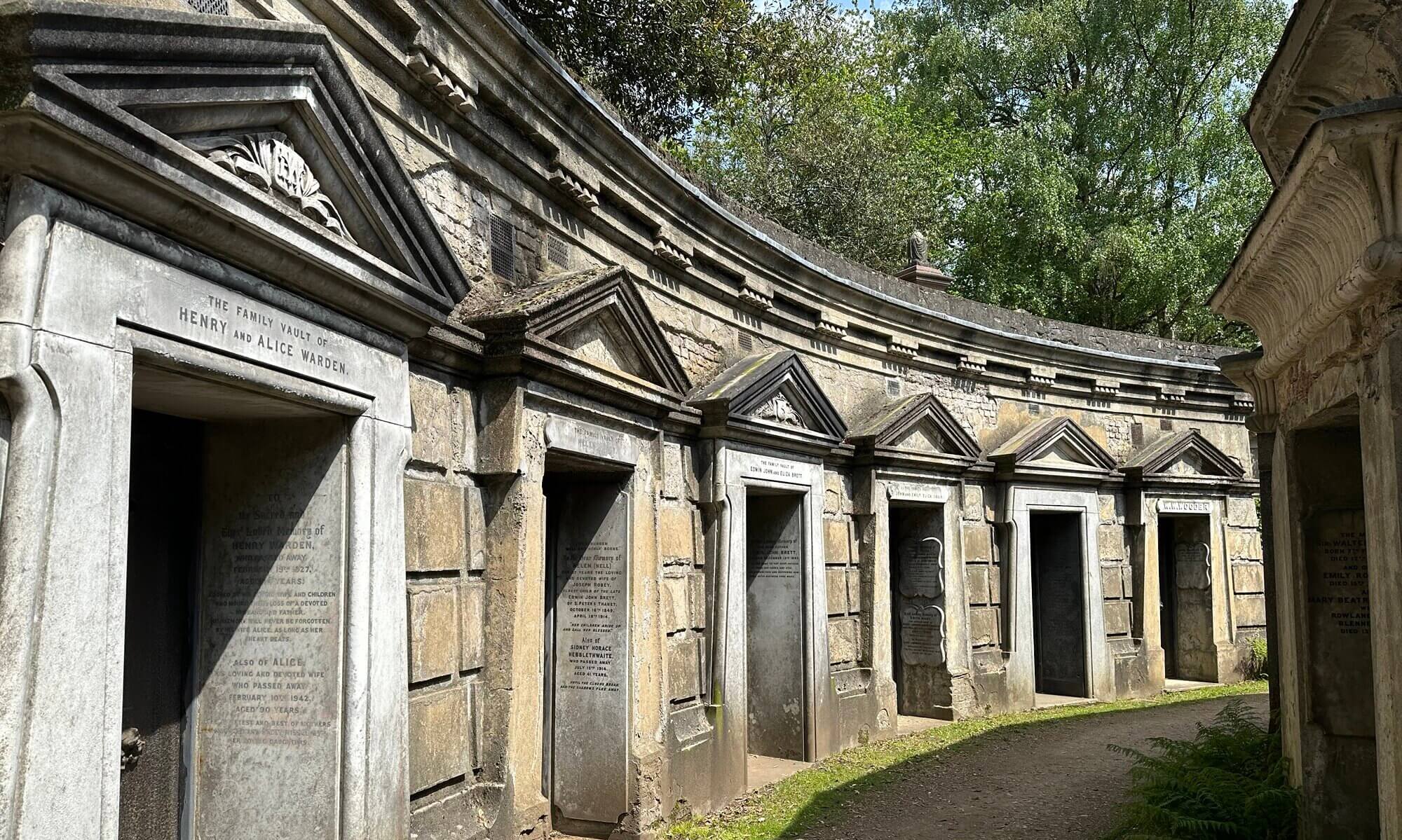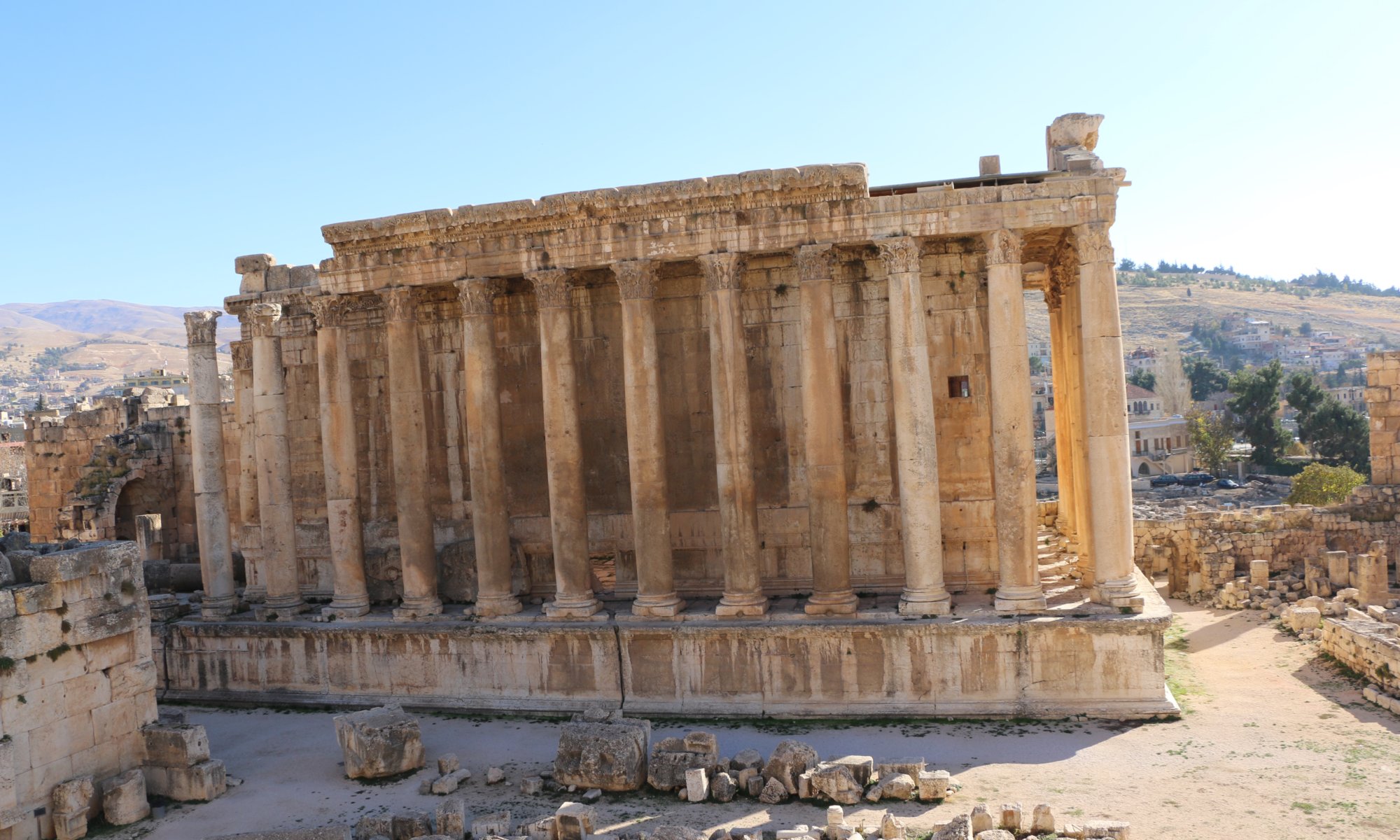One of the very good reasons to travel to Lebanon is the historic temple site of بعلبك. Baalbek is located in a strategically important position of the Beqaa valley and was once called Heliopolis (the city of the sun). There the Romans built temples to worship their gods between the 2nd and 3rd century CE. The site is vast and temples for Jupiter, Mercurio, Venus and Bacchus can be found. The temple of Mercurio is mostly destroyed, the temple of Venus is preserved only in parts. Most interesting and best-preserved are the temples for Jupiter (the highest god) and for Bacchus – the god of wine.
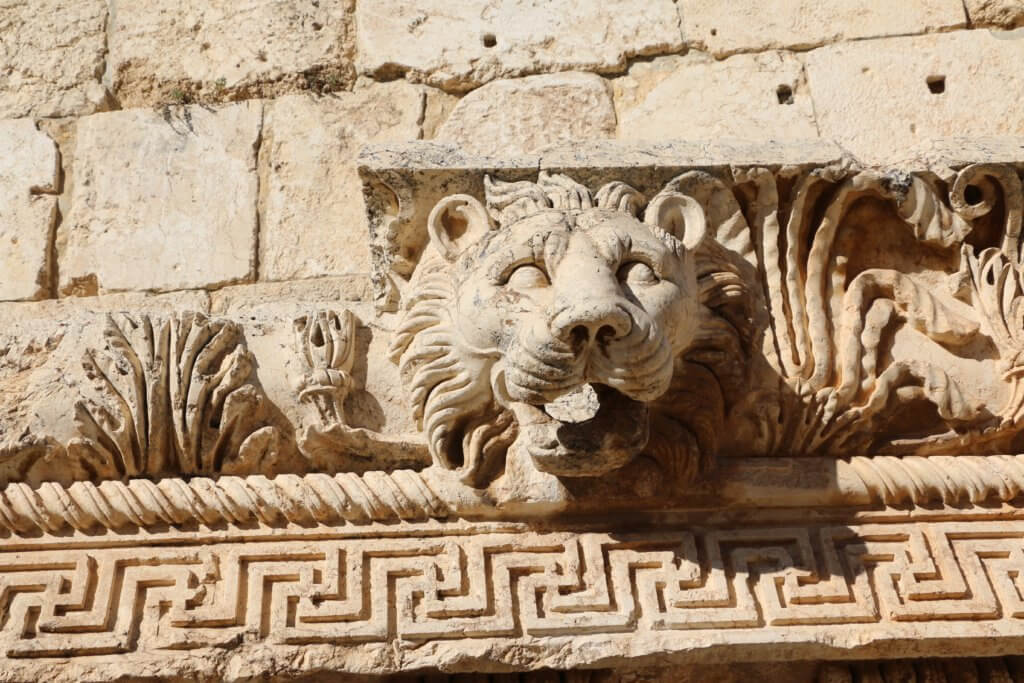
Baalbek, Lebanon 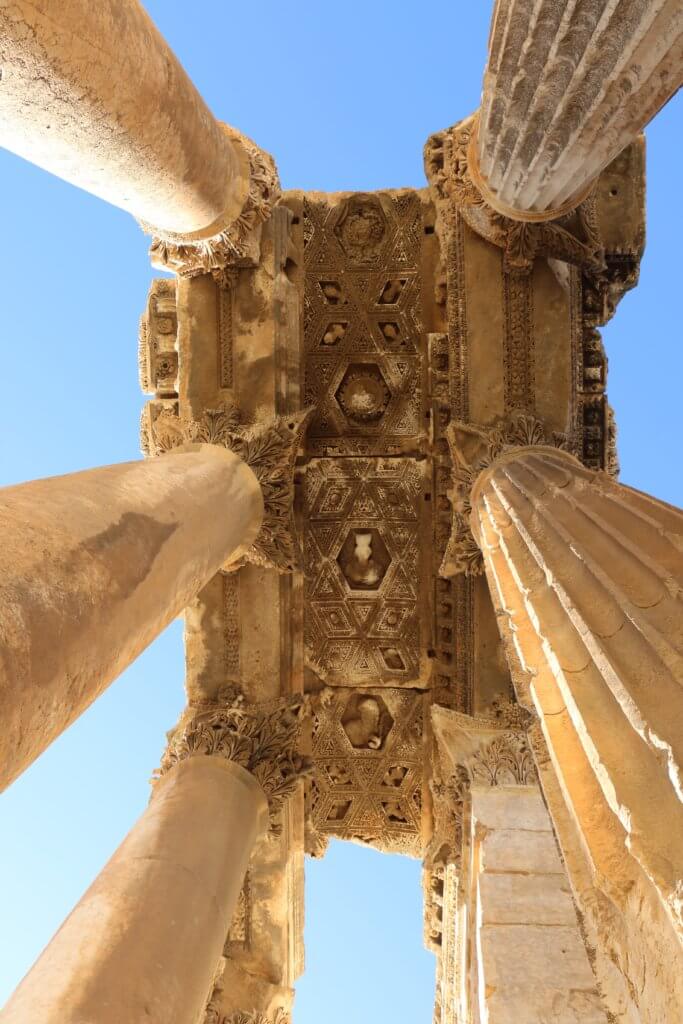
Baalbek, Lebanon 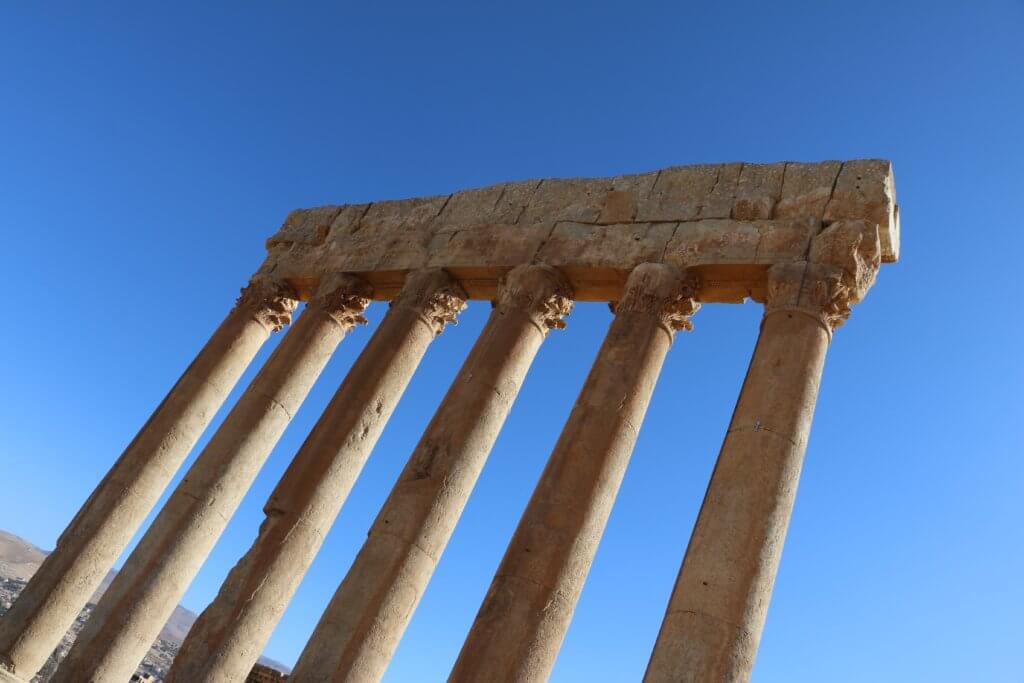
Baalbek, Lebanon
The Jupiter temple is, of course, the biggest one and you can still see the structures of the temple on the ground. You can see where animals were sacrificed and you can walk up on giant stairs cut out of large stones. The architecture of the temple is impressive as it is hard to believe that people were able to move such big stones. Nearby there is also a Roman quarry where you can see how these stones have been cut. The temple was destroyed around the 6th century CE – but it is unknown whether this was done by humans or by a fire or earthquake.
In the 12th century, the Arabs re-used the area and the temples. They built a mosque, changed some structures and used the temple of Bacchus as a palace – which helped to protect this best-preserved structure. The columns and the roof decorations made of stone are simply amazing. In the 16th century, the Osmans conquered Baalbek and as Germany was creating a close relationship to them in 1898 the German Emperor Wilhelm II came to Baalbek. A commemorative plaque within the temple still today speaks about the indestructible friendship between the Osmans and the Germans. Archaeological works were first carried out by the Germans (and later by the French) – that is also why the museum under the temple of Jupiter shows German texts.
The temples of Baalbek are a UNESCO world heritage site – one of those more endangered than others because of the instability of the Middle East and in this case also because of the short distance to the border to Syria. Entering and leaving the historic site can be a bit annoying as traders try to sell goods to tourists – typically cheap kufiya (a traditional Arab headdress often used as a scarf and also for concealing faces) or Hezbollah shirts (that might, by the way, get you into serious trouble in other countries). The only way is to simply ignore them.
Baalbek / Roman temple ruins
بعلبك
Lebanon
Loading map...

